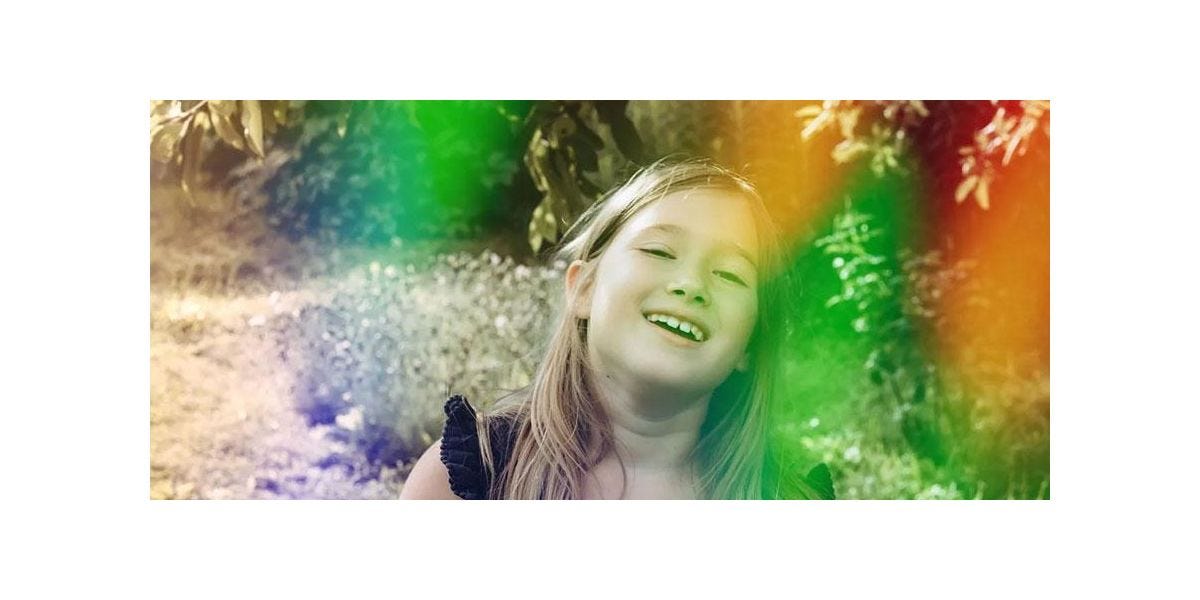With the new Ofsted inspection handbook being published last year came the increased focus on awe and wonder in the Early Years Foundation Stage (EYFS).
'It is the role of the setting to help children experience the awe and wonder of the world in which they live, through the seven areas of learning.' (Ofsted, 2019)
Settings now need to consider how they facilitate and respond to the wonder experienced by the children in their care. Does it a mean a fantastically resourced setting which blows the budget? Let's consider what it looks like in practice...
What do we mean by awe and wonder and where do we find it?
Firstly, we need to acknowledge that budgets are tight. Money to spend on new resources is limited so we might need to think creatively. Awe and wonder can be found in the simplest of things - a rainbow after an April shower, the first buds in spring, the smell of rain falling on a summer’s day, a frosty cobweb in the garden or raindrops plopping in a puddle. To us as adults who have seen these things countless times, we perhaps lose appreciation for the magic of such moments. Through the eyes of a child, these pockets of awe and wonder are totally awe-inspiring.
How do we facilitate the joy in awe and wonder moments?
Children have an innate curiosity and drive to explore. It's this that should lead and motivate us as teachers and practitioners. However, we also need to accept that children join our settings with different experiences so what is a wonder to one child, might not be so fascinating to another. We need to focus on getting to know the children really well, forming strong attachments through which we understand children's preferences, interests, characteristics of effective learning and what inspires them to be curious. Through these connections and quality interactions, we can share in the magic of childhood and support children to make sense of the world around them. Our language during these moments help children to understand the emotions connected with their experiences of awe and wonder. We can label these emotions, giving children the vocabulary to describe their feelings, such as happy, surprised, cheerful, thankful and peaceful.
As facilitators of wonder, we need to be shaping a culture where children are respected and listened to, valued as members of our Early Years community. Embedding awe and wonder in the pedagogy of a setting will ensure all practitioners are working collaboratively to inspire play and learning. Developing connections with children will make them more likely to share special moments with us. We want children to engage us in what they find fascinating, no matter what it is. In that moment, they are truly captivated and looking to us to acknowledge their wonder and share in the feeling of 'wow'.
The continuous provision within a setting can inspire awe and wonder in children so we really need to examine this closely, observing how areas and resources are used. Question what it is like for a child at your setting. Perhaps there are resources children engage with well which you could extend, enhancing play and fascination. Sometimes, just moving equipment around or displaying them in a different way can spark curiosity. Some resources which can be particularly inspiring include puppets, loose parts, treasure boxes, flowers and clay.
Finally...
Look around your setting, observing the children at play and exploring. What do you see? Awe and wonder can be evident when children are deeply engrossed in play, with pockets of busyness, chatter and happiness. Are practitioners responding sensitively and meaningfully in order to prompt enquiry and creativity? We need to be led by what inspires and captivates children's interests, responding to spontaneous learning opportunities.
Awe and wonder should not be just a catchphrase we use without fully appreciating the impact of the deep, emotional connections through play. Experiencing awe and wonder can be powerful and inspiring, linking to skills such as…
- Exploration
- Creativity
- Problem-solving
- Critical thinking
- A questioning mind
- Making predictions
All of these impact on a child's development and can be facilitated by us, teachers and practitioners. These enriching experiences can be real prompts for talk and thinking as we share joy and inquisitiveness, enhanced through open-ended questions as we wonder with children. To do this, we sometimes need to slow down, really appreciate the moment with the children and acknowledge why it is important to them. In short, we need to be amazed!

